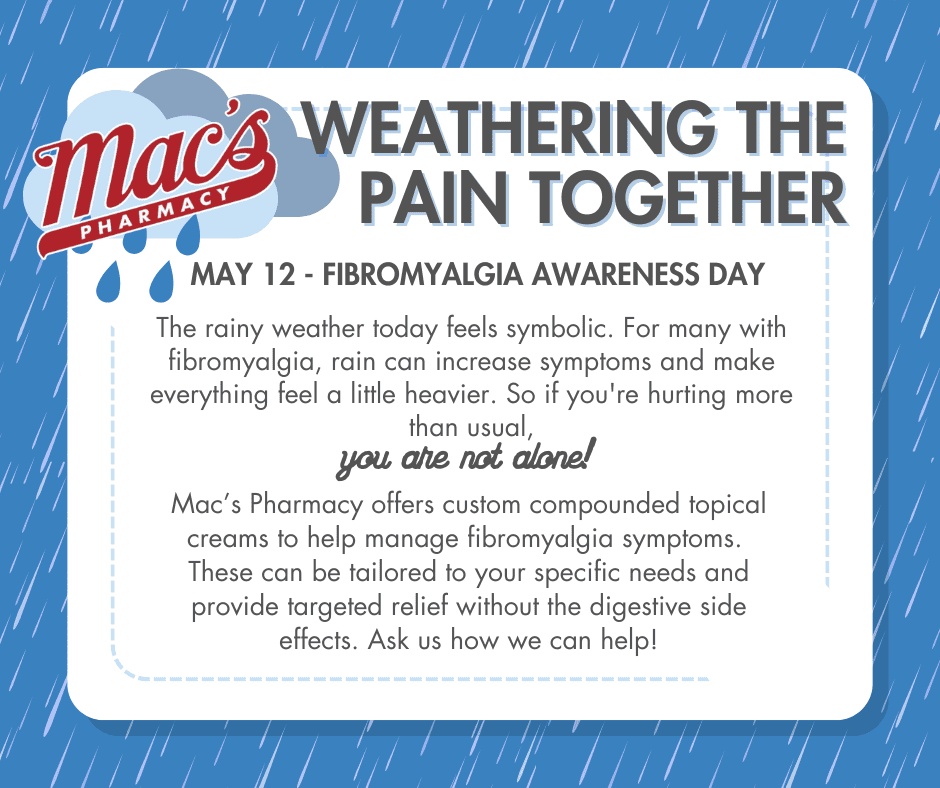Your throat is hurting, your nose is running, you can’t stop sneezing — there’s no denying that you’re sick. But is it just a common cold, or is it something more serious? We’ve put together a guide on how to tell if you have the common cold or the flu.
Cold Symptoms
 The common cold is a less severe respiratory illness than the flu. A cold usually begins with a sore throat that typically goes away after a day or two. Following the sore throat, you’ll start to get nasal symptoms, a runny nose, and congestion. A cough usually develops by the fourth or fifth day of having the cold. Fevers are also common with a cold in children. Cold symptoms last for about a week. Keep in mind that the first 3 days of experiencing cold symptoms you are contagious, so it’s best to stay home and avoid spreading the cold to others. If after a week your cold hasn’t gone away, make sure to visit your doctor. Learn how to prevent a cold now!
The common cold is a less severe respiratory illness than the flu. A cold usually begins with a sore throat that typically goes away after a day or two. Following the sore throat, you’ll start to get nasal symptoms, a runny nose, and congestion. A cough usually develops by the fourth or fifth day of having the cold. Fevers are also common with a cold in children. Cold symptoms last for about a week. Keep in mind that the first 3 days of experiencing cold symptoms you are contagious, so it’s best to stay home and avoid spreading the cold to others. If after a week your cold hasn’t gone away, make sure to visit your doctor. Learn how to prevent a cold now!
Flu Symptoms
Flu symptoms are generally more severe than the common cold and come on much quicker. Some symptoms are similar, such as a sore throat and congestion, but are accompanied by a fever, headache and muscle aches and soreness. Flu symptoms gradually improve over 2 to 5 days, but you can expect to feel tired for a week or more. In young, elderly, or people with lung or heart problems, a common complication of the flu is pneumonia. If you notice shortness of breath and/or a fever that comes back after being gone for a day or two, then you should see a doctor.
To determine whether you have flu or cold symptoms, take your temperature. A common cold rarely has a fever of above 101 degrees. If you have the flu, a fever is common, along with body and muscle aches.
Flu Shot
 The best way to avoid getting the flu is to get a flu shot. Influenza vaccines work by exposing the immune system to weakened versions of the 3 or 4 flu virus variants that experts expect will spread that year. Some recipients may have mild symptoms like swelling around the injection site and a low-grade fever, but they are much easier to manage than the actual flu!
The best way to avoid getting the flu is to get a flu shot. Influenza vaccines work by exposing the immune system to weakened versions of the 3 or 4 flu virus variants that experts expect will spread that year. Some recipients may have mild symptoms like swelling around the injection site and a low-grade fever, but they are much easier to manage than the actual flu!
When to See a Doctor
If you’re worried that your common cold is more than just a cold, the best thing to do is to go see a doctor. Like we mentioned before, if your cold symptoms last longer than a week, you should go see a doctor because you may have developed an infection that requires antibiotics. You should also go see a doctor if you have trouble breathing or chest pain, if your fever doesn’t get better, if you can’t keep any food down, and if you have a cough that lasts longer than 2 to 3 weeks.
Now that you know how to tell if you have the common cold or the flu, you’re prepared for flu season! Learn more about flu prevention and visit us at Mac’s Pharmacy for any of your health needs.









